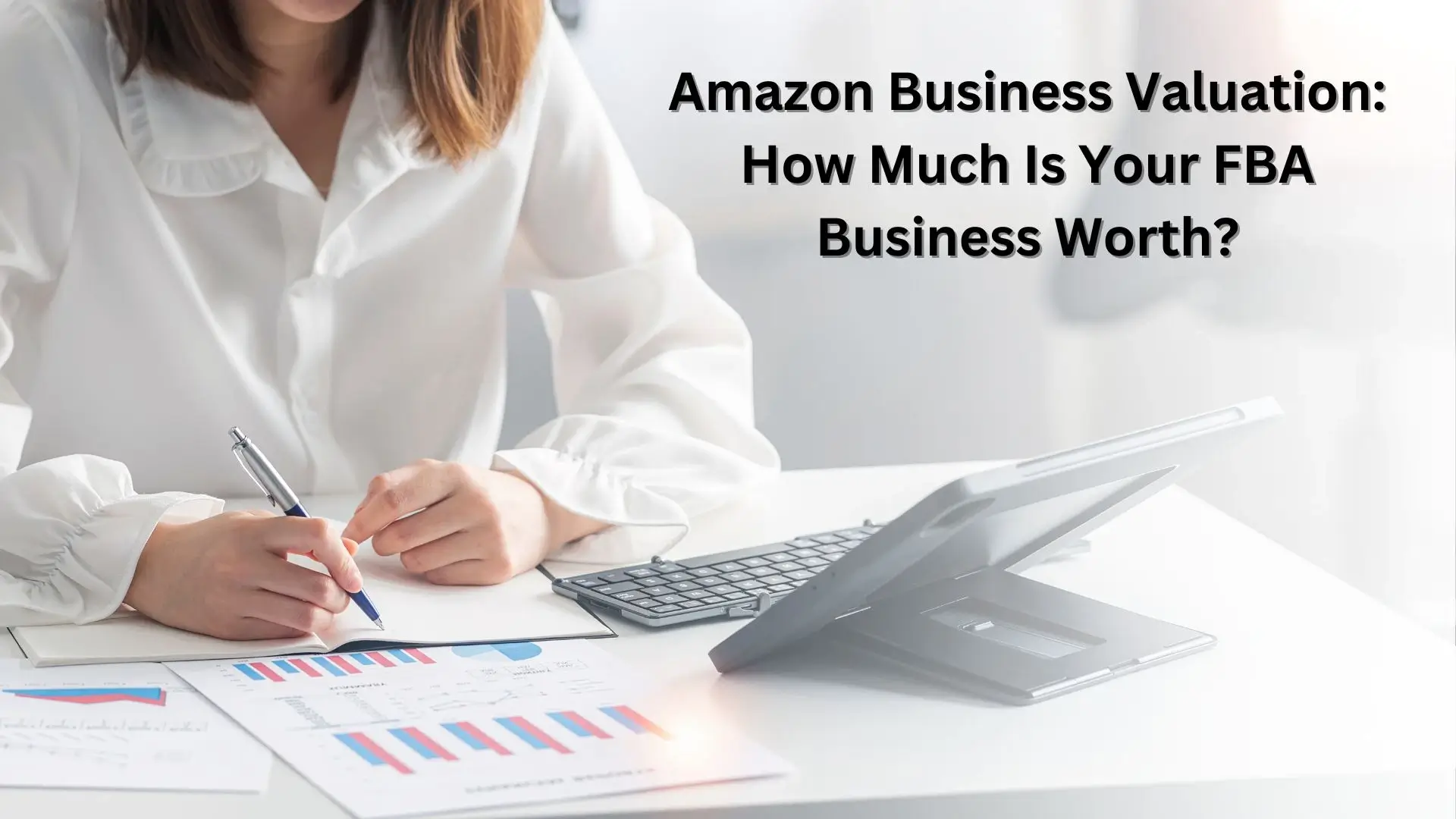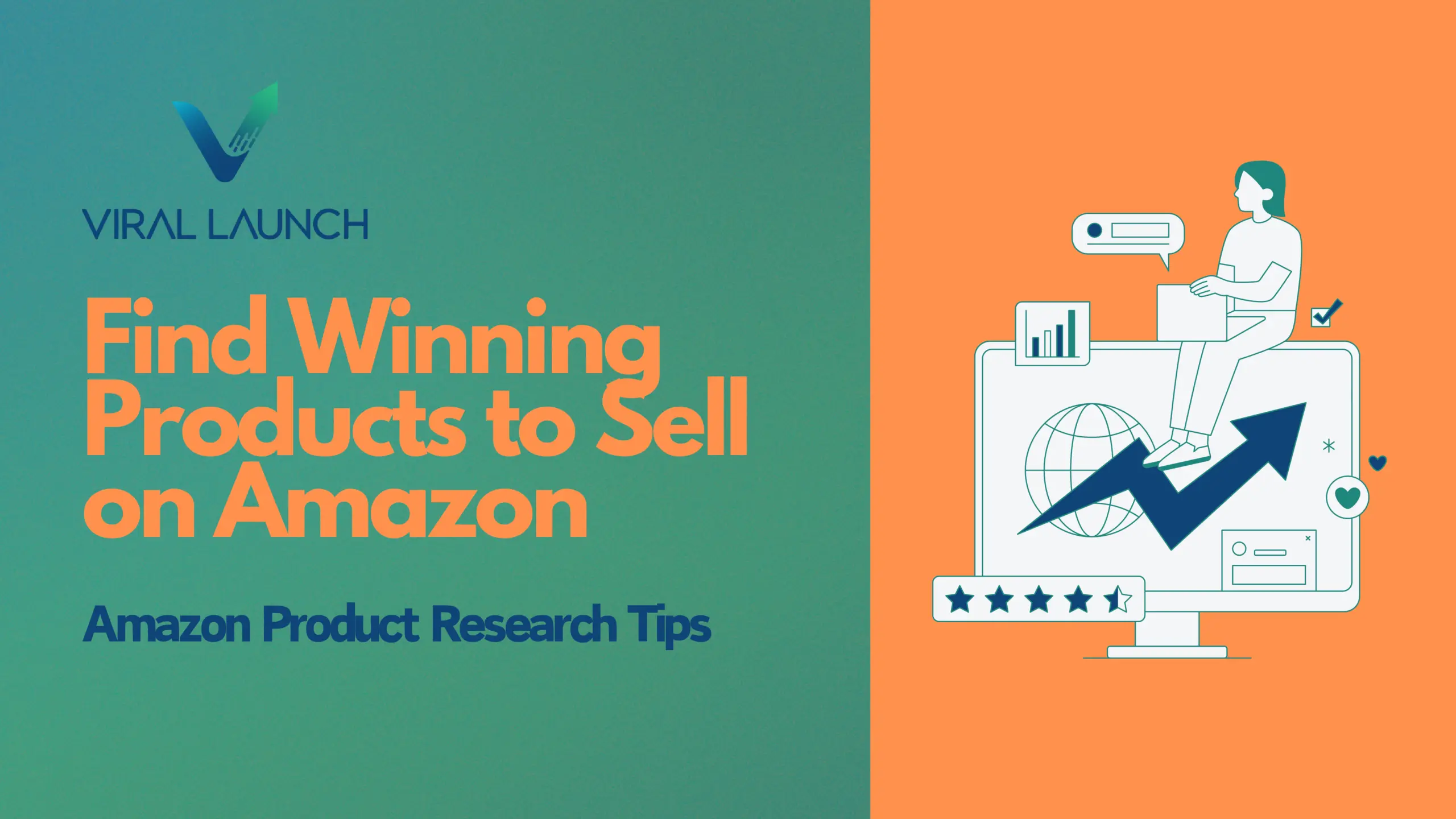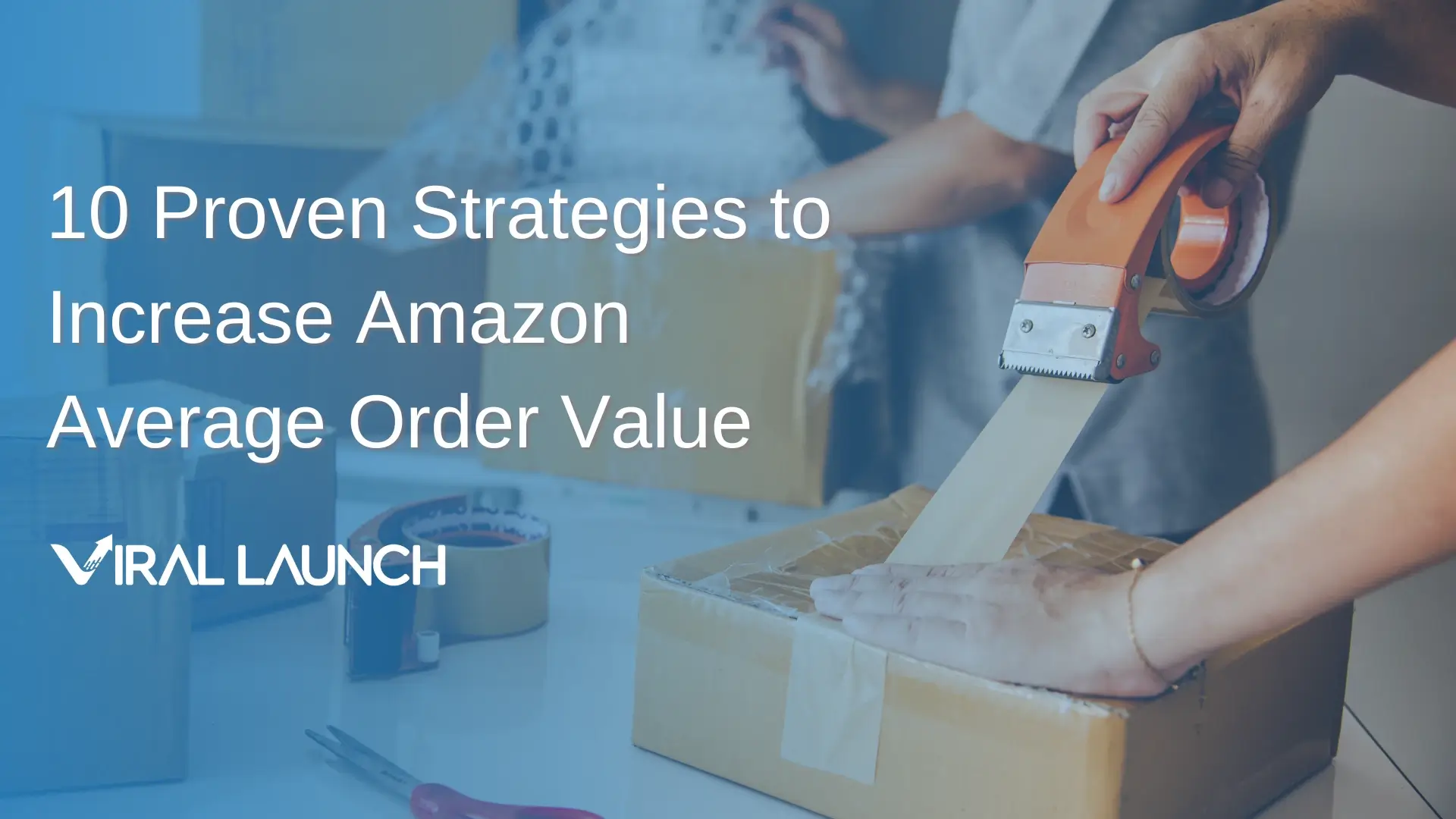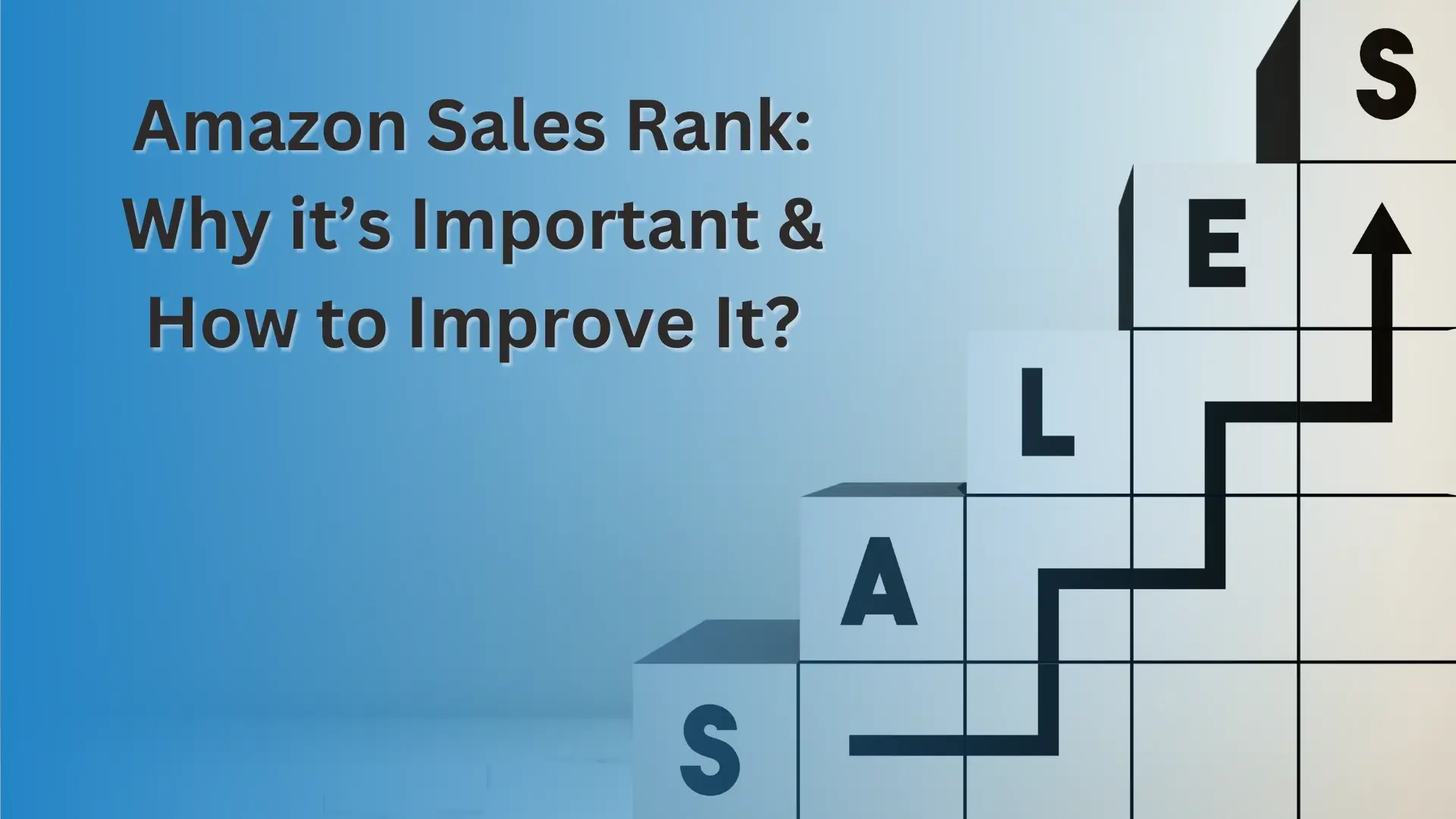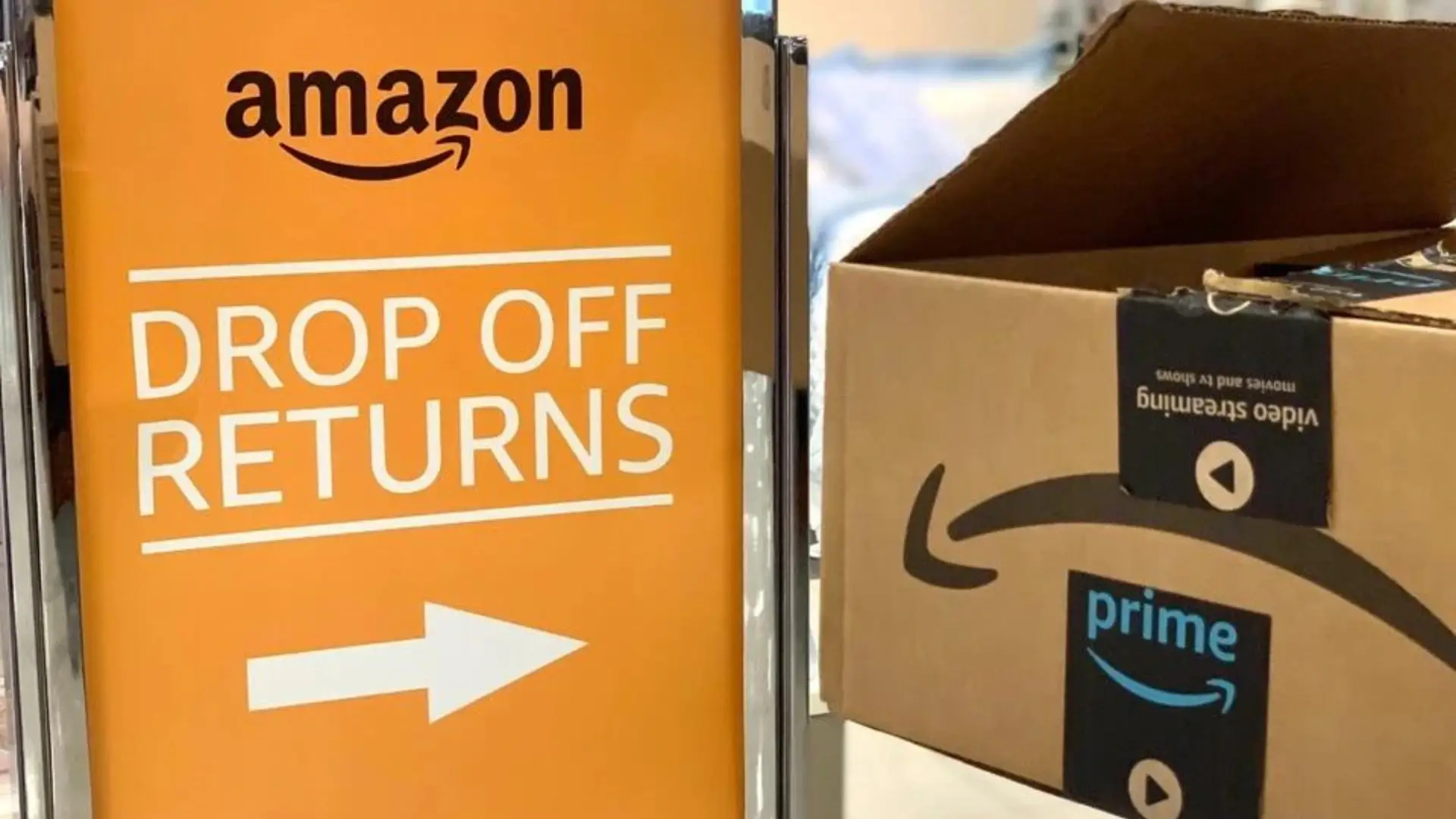Amazon FBA (Fulfillment by Amazon) has revolutionized the way millions of merchants operate online, offering a peer-to-peer e-commerce platform that leverages Amazon’s extensive distribution network for substantial financial gains. For Amazon sellers looking to optimize and potentially sell their FBA businesses, understanding their business’s valuation is crucial.
The Truth about Selling Your FBA Business
Selling an FBA business boils down mainly to personal or business-related reasons.
In terms of personal reasons, we’ve seen sellers exit because of an event or goal that meant they no longer had time to manage the business. Some of these reasons include a death in the family or wanting to spend more time with their kids.
Business-related reasons tend to revolve around raising capital for another project or losing motivation to stay with the business.
Whatever their reason for selling, some FBA sellers have received two to four years of net profit in cash in one payment. That’s the biggest windfall many entrepreneurs have ever received in one go.
But don’t start counting your chickens before they hatch: first, let’s dive into understanding how FBA businesses are valued.
What are the Different Valuation methods and Formulas
- Seller Discretionary Earnings (SDE): The SDE method involves calculating the actual take-home pay of the business owner. The formula is: Revenue – Cost of Goods Sold – Operating Expenses + Owner Salary. This figure represents the profit left after all costs and provides insight into the actual earnings a buyer would expect from the business.
- Earnings Before Interest, Taxes, Depreciation, and Amortization (EBITDA): EBITDA provides a clearer picture of operational profitability by excluding non-operating expenses and non-cash charges. It’s calculated by adding interest, taxes, depreciation, and amortization back to the net income.
Valuation Multiples and Formula
- Valuation Multiples: Both SDE and EBITDA are often multiplied by a specific industry multiple to determine the business’s value. The multiple can vary significantly based on factors such as business size, growth rate, market trends, and risk profile. For example, a business with strong growth and a solid market position might command a higher multiple.
- The General Valuation Formula: The general formula used in valuing an Amazon FBA business is: Business Value = SDE x Multiple or Business Value = EBITDA x Multiple. The key to an accurate valuation is determining the correct multiple, which reflects the perceived risk and growth potential of the business.
Key Factors That Influence A Valuation
- The Role of Seller Discretionary Earnings (SDE): When preparing to sell an FBA business, the valuation is based on a multiple of the SDE, which represents the profit left after all expenses have been deducted from gross income. This multiple depends on a variety of factors, including financial, infrastructural, and operational aspects of the business.
- Valuation Drivers: Every Amazon FBA business is unique, and to increase its value, you must consider certain valuation drivers like the age of the business, brand strength, customer base, operational efficiency, and growth prospects.
How To Optimize Your Business in Preparation for an Exit

1. Improve Operational Efficiency: Streamlining your operations can significantly reduce costs and increase your profit margins. This might involve optimizing your supply chain, reducing waste, automating routine PPC tasks, and negotiating better terms with suppliers and service providers. Efficient operations not only boost your bottom line but also make your business more attractive to potential buyers.
2. Expand Your Product Line: Diversifying your product offerings can reduce the risk associated with dependency on a single product or market. Consider researching market trends and customer needs to identify new product opportunities. Expanding your range can also demonstrate to potential buyers that the business has room to grow, making it a more lucrative investment.
3. Optimize Product Listings
Creating a great product is only half the battle. Getting it in front of the right eyes is the other half.
Increase the chances that your products will appear to your target audience by optimizing the listings for SEO.
Search engine optimization will involve keyword research and the placement of target keywords in your copy’s title and body. Just don’t stuff the keywords in; Amazon’s search algorithm will deprioritize your listings if it detects too many keywords. Here’s a great guide on everything you ned to know about Amazon keywords.
As an FBA seller, you can leverage Amazon A+ Content (formerly known as Enhanced Brand Content) to enrich your ASIN descriptions. A+ Content doesn’t get indexed by Amazon’s search engine but can increase conversion rates, leading to more sales.
4. Strengthen Customer Relationships: A loyal and satisfied customer base is a valuable asset when selling your business. Focus on delivering exceptional customer service, engaging with customers through various channels, and implementing loyalty programs. Positive reviews and a strong online presence can significantly enhance your business’s attractiveness to buyers.
5. Enhance Brand Recognition and Loyalty: Investing in your brand’s recognition and loyalty can yield significant dividends. Effective marketing, consistent branding, and maintaining a strong online presence can establish your business as a leader in its niche. A well-recognized brand is often seen as more valuable and can command a higher price during the sale.
6. Prepare Financial Records: Clear and transparent financial records are crucial for potential buyers to assess the health and potential of your business. Ensure that all financial statements are accurate, organized, and up-to-date. Consider hiring a professional to audit your financials if necessary. Well-maintained records can expedite the due diligence process and increase buyer confidence.
7. Use a Third-Party Logistics (3PL) Service Provider
Many sellers ship their inventory directly to FBA fulfillment centers, so storage and fulfillment are managed in one place. While it might be easier to allow a manufacturer to ship their products to FBA warehouses, it could be costlier than using a 3PL service provider.
Spend some time shopping for reputable 3PL solutions to see if there’s a more cost-effective route.
Another thing to consider is if you should use a 3PL as an additional storage facility. If stock doesn’t sell within six months, Amazon will charge long-term storage fees.
Depending on your products’ average turnover time, it might be better to hold stock in a warehouse and send batches of inventory to FBA centers according to your inventory forecasting.
While additional expenses sound like they should bring down your business’s valuation, removing essential services will in turn add extra burden and responsibility for the owner to manage and make the business a less attractive option.
A common mistake we see FBA sellers make is to cancel their 3PL solutions services, which brings down overall costs but adds 10–20 hours of work each week. The initial valuation price may increase but at the expense of making your business more hands-on.
Optimize Your Store with Viral Launch
For Amazon sellers eager to optimize their store in preparation for a sale, Viral Launch is an invaluable resource. We offer a suite of cutting-edge Amazon seller optimization tools to help sellers increase their sales through data-driven strategies.
What’s Next? Preparing for Life After an Exit
Understanding your Amazon FBA business’s value and preparing for a potential exit isn’t just a strategic move; it’s an essential step on your entrepreneurial journey. This process transcends mere number crunching—it’s about recognizing and enhancing the true worth of your hard work and innovation. By leveraging tools like Viral Launch to refine and optimize your operations, you’re not only boosting your business’s value but also drawing closer to realizing your long-term ambitions. Every strategy implemented and improvement made is a stride towards the future you envision for your business and yourself.
As you stand poised to start the next phase of your journey, consider the impact of these insights and strategies on your future endeavors. The road ahead is filled with opportunities for growth, transition, and new ventures. With a comprehensive understanding of your business’s value and a clear vision of its potential, you’re not merely preparing for an exit; you’re laying the foundation for a legacy of success. As you contemplate this next chapter, ask yourself: Are you ready to seize the opportunities ahead and transform your business aspirations into tangible achievements?
